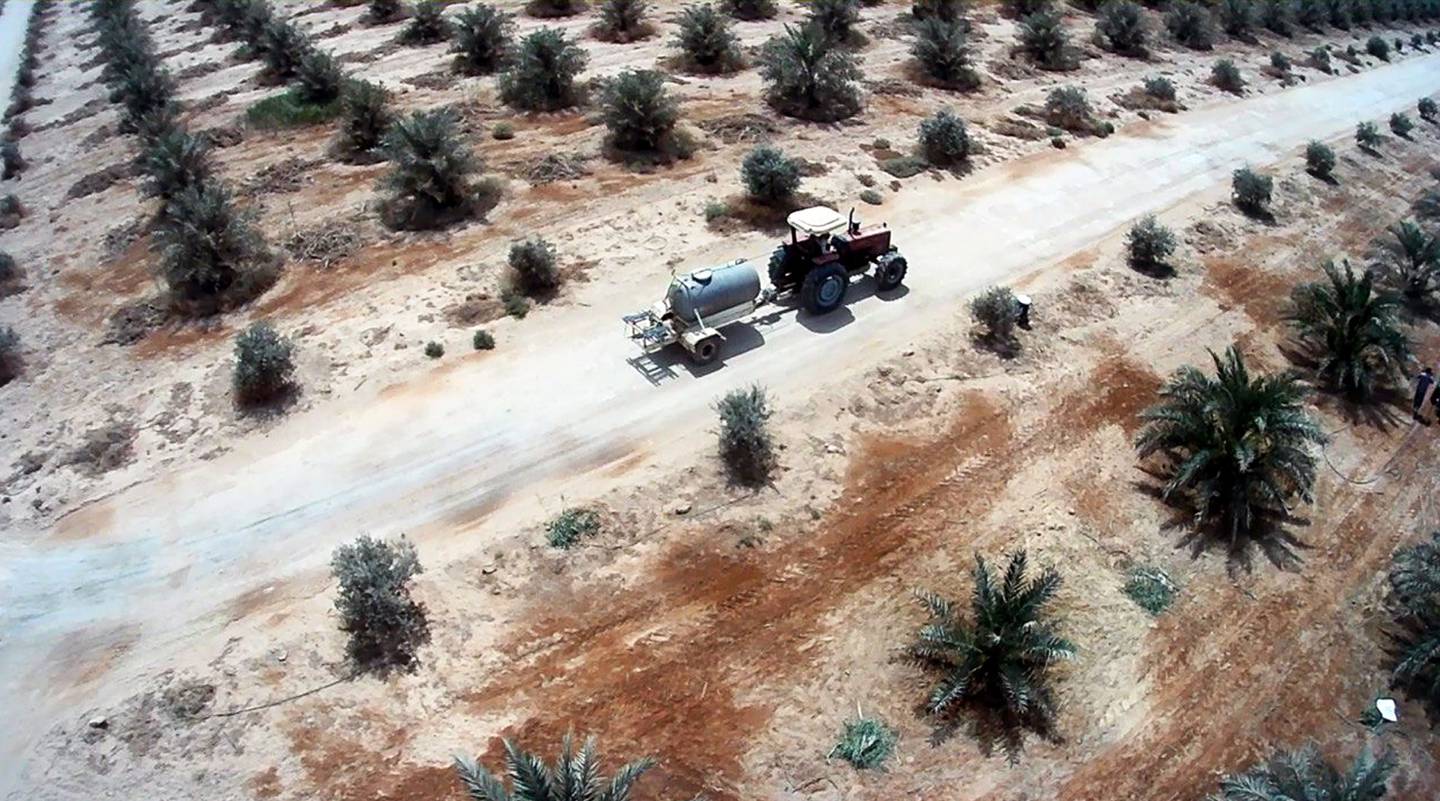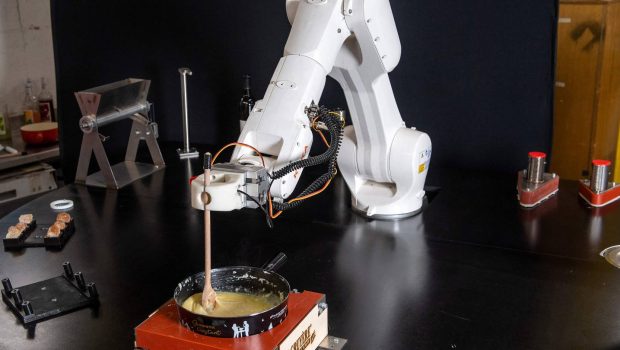The urgent case for more food technology
According to a UN report on the state of global food security, 811 million people went hungry in 2020. The same report estimates that 118 million suffer from chronic hunger. This number will likely increase as food production and distribution channels are affected by the war in Europe.
Additionally, the region’s fast-moving consumer goods industry is still somewhat suffering and affected by the pandemic as prices of raw materials have increased along with inflation, a reason why we need to be more focused than ever on food sustainability and security. Most research studies have also pointed out that the major contributors to food security in the Middle East are related to climate, population growth and overall dependence on imports.
The Middle East’s unique challenges when it comes to food security, amplified by rising temperatures, regional conflicts and dependency on imported produce, now stands at 80 to 90 per cent. These factors along with the rising global population have prompted many countries to put food security at the forefront of their economic agendas, including the UAE.
In 2018, the country launched the National Food Strategy 2051, which aims to achieve zero hunger by ensuring access to food all year round. It also calls for drastically reducing the UAE’s reliance on imports and building a sustainable food production model for the future. The UAE also appointed Mariam Hareb Almheiri as Minister of State for Future Food Security in 2017 to signal the issue’s importance.
Since then, we have seen the rise of regional agricultural technology players such as Saudi-based Red Sea Farms, Madar Farms and many others using innovative technology to ensure that the region relies less on imports by growing food.
Regional Food technology players have also emerged and are re-imagining how food is handled from production to consumption, components that are considered building blocks for food security.
Our company sees its goal as boosting food security by disrupting the entirety of the supply chain, or put differently, the whole farm-to-table process.
One of the main reasons behind this is the nature of food production. For years, farmers, food businesses and retailers have relied on an inefficient traditional demand-planning and forecasting system which is less than accurate.
Forecasting becomes even more challenging when fresh produce becomes involved. With limited shelf life, wastage, shortages and financial losses are incurred due to over-stocking or under-stocking. Farmers are also affected by the same reasoning, incurring waste and loss if they overproduce or underproduce.
Food businesses and farmers need demand-forecasting techniques that are dynamic, frequent and more accurate to track real-time market trends. This helps them reduce losses and food waste and optimise inventory levels.
Farmers also rely on forecasting as it helps them understand what fruits and vegetables to grow, and in which quantities. This creates a ripple effect and reduces food waste on the farmer's side, in addition to food businesses. This is where food technology businesses come in. It can also empower global and local farmers to connect to a greater number of business, helping them become more profitable.
Wider access to fresh produce also empowers companies that work with food, as it solves some of the main challenges that they face on a day-to-day basis, like getting the right ingredients consistently. By the same token, last-mile routing software solutions are also changing how food is being distributed. Shorter routes means food reaches faster and more efficiently.

Through our business model, we also empower partners by sourcing from a wide network of farmers to help them become more profitable and work closely with food businesses to constantly source the ingredients they need.
Additionally, consumption is another key factor in which food tech solutions are also reducing inefficiencies in the supply chain, making it shorter and connecting consumers more directly to the source. Fresher food means more nutrients, better tase and longer lasting products. This also results in less being wasted. Chefs and consumers are also becoming increasingly concerned with transparency and traceability, which is an added benefit of food tech and supply chain solutions.
Just as important as all the above-mentioned reasons is the disposal of food waste. Each year, we waste a third of what we produce, sometimes even before it reaches our table, which means that creating a sustainable and regenerative system is paramount to food security. We recognise this and that’s why at the core of our model sits a restorative and regenerative supply chain that is reducing, recycling and upcycling waste.
We need a new way of thinking about food. The next generation food systems need to be efficient, inclusive, and sustainable to ensure a more secure and safe environment for everyone moving forward. This is a challenge, but an opportunity for organisations that are bold enough to come together to create a real and everlasting impact.
Published: June 17, 2022, 7:00 AM








Gloss